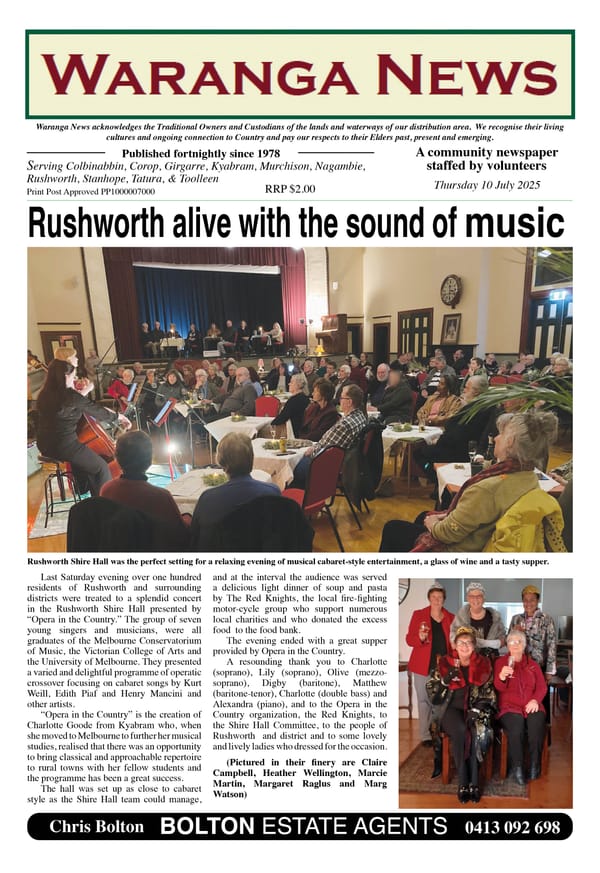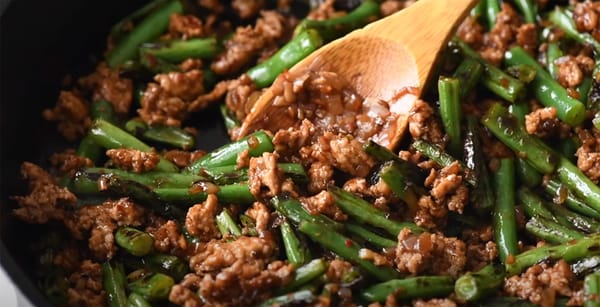18. Chinese vegetables

The previous story, about Chinese market gardening in the Waranga area, begs the question – what was grown in the gardens? Initially, it was probably vegetables that the people were used to growing at home in China. Seeds could have been brought from China or purchased from Chinese traders in Australia as they became established to cater for the needs of thousands of Chinese miners who flocked to Victoria in the 1850s.
The vegetables would have included Chinese variations of some vegetables the other immigrants may have been familiar with, such as spinach, broccoli, cabbage, celery, radishes and other root vegetables. There would have been other crops that would have been little known in Australia such as bok choy, watercress, yams, egg plants and gourds. Chinese cuisine also used a whole lot more leafy greens and sprouts than Western cooking. These latter ingredients were relatively quick growing.
With horses being used everywhere in the Waranga area, in transportation as well as in the mining and pastoral industries, there was no shortage of manure which could be used to enhance the poor soils.
SAILOR’S FLAT
One of the longest running market gardens in the Waranga area was at the Ah Cheong property at Sailor’s Flat, just west of Whroo on Cheong Road. It would be interesting to know what crops were grown on the property. This may have changed over time as the number of Chinese people in the area declined over the latter part of the 19th century and the family catered more for the European market. They grew fruit as well as vegetables.
Ah Cheong, later known as “Luke”, was the progenitor of the now much-extended Cheong family who still live in the Waranga area and far beyond. Luke met and later married a European woman, Ellen (known as Helen) Donovan, who was 15 years his junior. Their marriage certificate states that Ellen’s father John Donovan was a blacksmith; Luke’s father was a schoolteacher in China. Ellen informed the registrar of births, deaths and marriages at Whroo that her mother had died when she was a child, and she did not know her name.
PREJUDICE
The wedding took place at the Ah Cheong property and the service was performed according to the rites of the United Methodist Free Church by Rushworth minister Rev David Porteus.1 Porteus was an enthusiastic supporter of the church’s missionary work in China. Perhaps that played a part in his agreement to solemnize the marriage.
At the time, it was unusual for mixed marriages such as this to take place because of the amount of anti-Chinese sentiment that existed. Many of the European women who followed their hearts and married Chinese men were looked down upon by the broader community. The fact that Ellen already had children with Luke prior to the marriage may have exacerbated the amount of disdain the couple initially experienced.
REDEMPTION
In time, the Ah Cheong family secured their place in the history of Whroo, becoming highly respected citizens. Helen and Luke had seven children, all born at Whroo, one of whom (George) died in infancy. The others – William, Ada, Herbert, Edwin, Daisy and Helen (known as “Minnie”) - went on to live very long and productive lives, many in the local area.
At the time of Luke’s death in 1902, his son Herbert was a schoolteacher at Puckapunyal. Herbert spent his whole working life in the service of the Education Department, retiring when he was Headmaster of Kallista State School in the Dandenong Ranges. He acted, along with his mother, as an executor of Luke’s estate, which left all the assets to be held in trust for Helen for the duration of her life, then distributed equally between the surviving children.2
Ada Cheong was a spinster who ran a very successful dressmaking business in High Street, Rushworth, which commenced advertising in 1908 when Ada was in her mid-30s. The business ran for many years, with Ada employing a number of other women, including her sister Minnie.3
Helen Cheong lived on for 25 years after Luke’s death, a family matriarch watching over an ever-expanding Cheong family tree. She was 75 when she died and is buried in the Whroo cemetery, as is “Luke”.
SOURCES: 1 Births, Deaths and Marriages Victoria; 2 Public Records Office of Victoria (PROV); 3 Bons, Tracey, Rushworth Businesses and Their Owners, Vol 1&2; Sundry information – Ancestry and Trove websites




